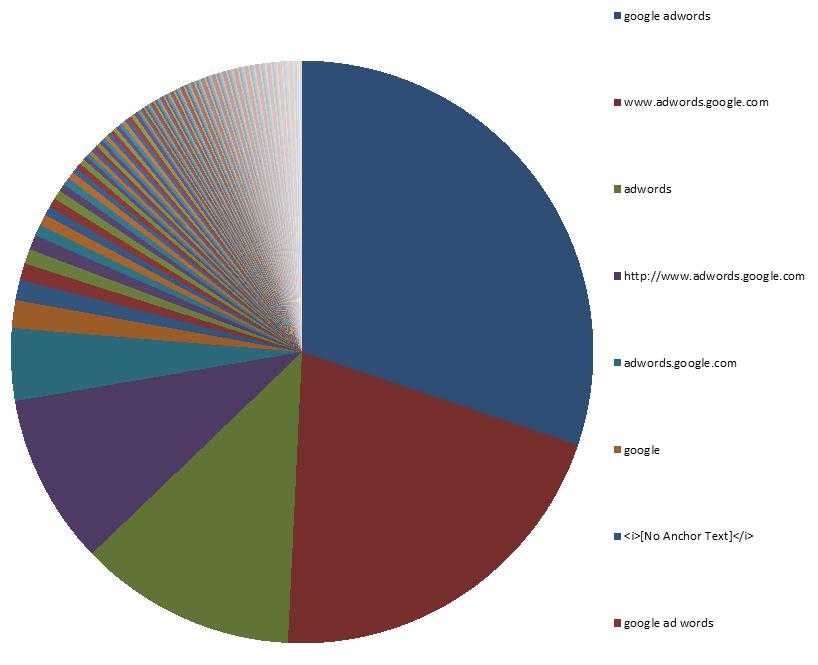There are many businesses that have flourished from small projects and have achieved great success with the efficient utilization of SEO services. This has been attained by making sleek modifications to the websites for such businesses to provide them with more effective operation and enhance their visibility on the SERPs (Search Engine Result Pages). There are many companies that implement strategies related to the optimization of a website like best content service and website maintenance and provide a boost to the rankings of the website.
13 Invisible Advantages Of Guest Blogging
Discover the power of guest blogging/guest posting with 13 invisible benefits that can elevate your online presence. From networking and exposure to new audiences to refining your content strategy and boosting creativity, explore how guest blogging can help you grow and succeed in the digital world. Guest blogging has numerous benefits that often go unnoticed. … Read more










